A number of pithy essays by Michael O’Donohoe sit among the vast quantity of papers in the collection.
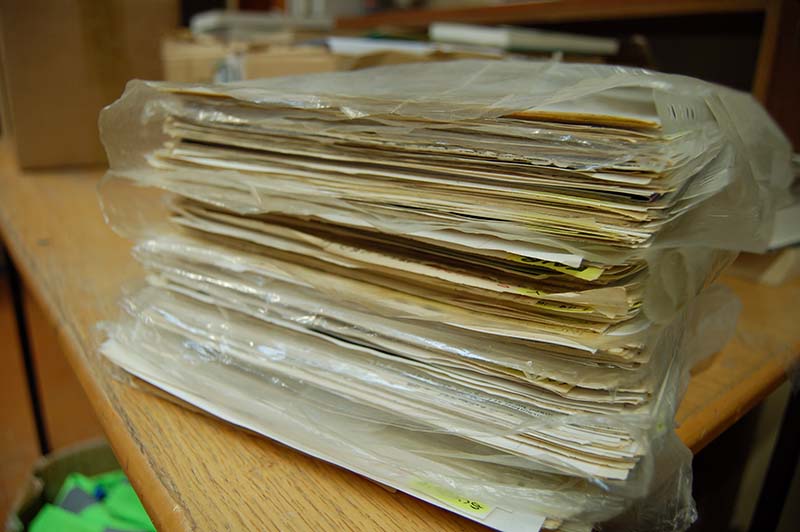
Topics covered are wide in variety, for example, the GAA, Lord Headley, the Moonlighters, the House of Progress, Sir Richard Griffith and Creamery Lane.1
Creamery Lane, transcribed below, is an affectionate reminder of times past.
Creamery Lane
.
Creamery Lane is a part of Castleisland that is remembered with affection. It had many names – Chapel Quarter, Old Chapel Lane and Convent Lane but it is best known as Creamery Lane, taking its name from the Co-Operative Society Creamery Factory which operated there from the end of the 19th century.
.
.
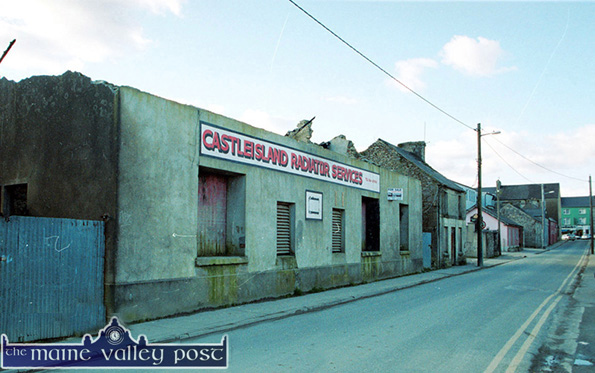
.
The opening of the Castleisland Co-Op mart in Creamery Lane in 1958 led to the demise of street cattle fairs in the town. This thriving business is one of Munster’s leading marts.
.
The Presentation Convent built in 1846 opened on to the lane and the Convent National School was opened there in 1966. There also was the entrance to the old straw church which was replaced by the church of SS Stephen and John on the 5th October 1881.
.
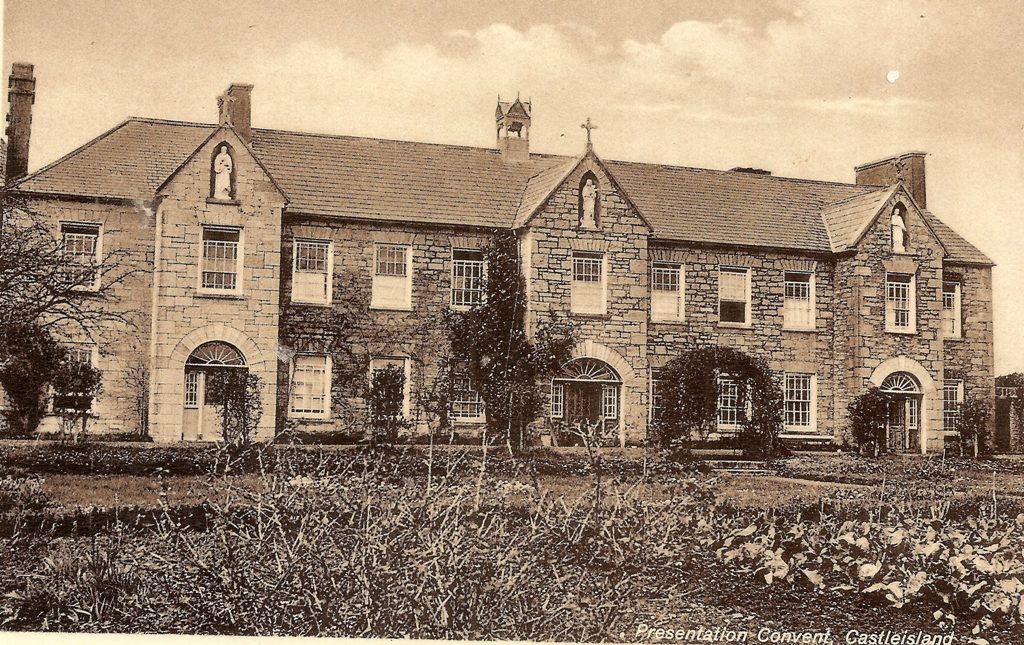
.
The lane had up to 16 houses. These consisted of a kitchen with an open hearth, a half-door and two bedrooms upstairs. Many large families were reared in these houses. There was a commonage used for recreation where the children played football and the men engaged in pitch and toss and played cards on top of fish boxes while discussing the affairs of the day.
.
Bonfire night was a very special night. It was held on the eve of the Feast of St John, 24th June and was a great night for young and old.
.
The only water supply was the pump at the top of the lane which served as a meeting place for the neighbours.
.
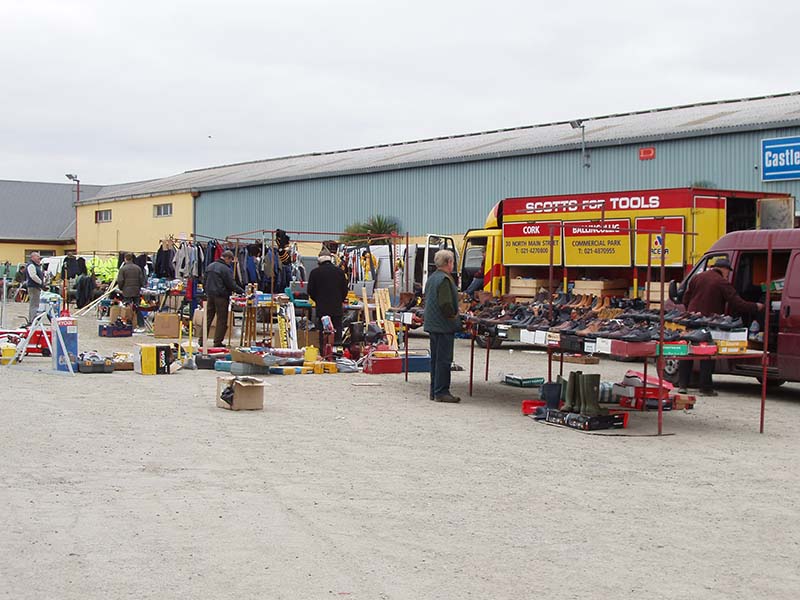
.
Most of the property was owned by Mrs C K O’Connor, she was an industrious lady, a publican and also an undertaker who owned a horse-drawn hearse.
.
The lane had many small cottage industries where talented people lived and worked. The principal industry was the butter factory where local butter, together with butter boxes, was produced each box being stamped with the local code number C219.
.
In the 1880s a Scottish man called John Shaw managed The Castleisland Mineral Water Company in the lane. Tom McSweeney together with his sons John and Tom operated a forge there while Mrs McKenna sold sweets and roast apples in her little shop. A man by the name of Moore was a basket maker and Tommy Drew was a harness maker. Geraldine and Maggie Griffin were fish merchants selling periwinkles, seagrass and plumduff at a penny a slice.
.
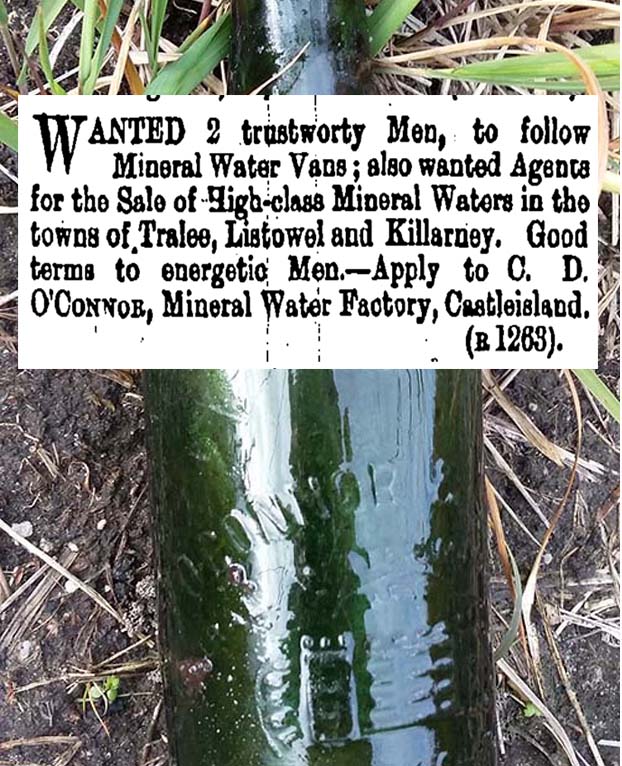
.
Bryant’s Stadium, a popular boxing arena, was also the venue where locals tripped the lights fantastic dancing to the leading bands of the day. The dance bands Locke, Heraty and Hayes, Paddy Breen and his band and many more played into the early hours of the morning. There were even two wedding receptions held at the stadium during which coins were thrown to the youngsters as was the custom of the time. Ownership of Bryant’s Stadium passed to the Sack and Bag Company (W H O’Connor) where local girls sewed sacks for the mill.
.
Other family names associated with Creamery Lane were Cullinane, Burke, Sweeney, O’Connor, Hussey, Barry, Daly, Martin, O’Donoghue, Prendiville, Corkerry, Brosnan, Nolan, Broderick and Walsh.
.
Today just two houses are occupied, one by Christy O’Mahony and the other by Jim Hartnett and his family. Creamery Lane holds a unique and special place in the history of Castleisland and is fondly remembered.
_________________________
1 Series ref IE MOD/26. This essay was also published


